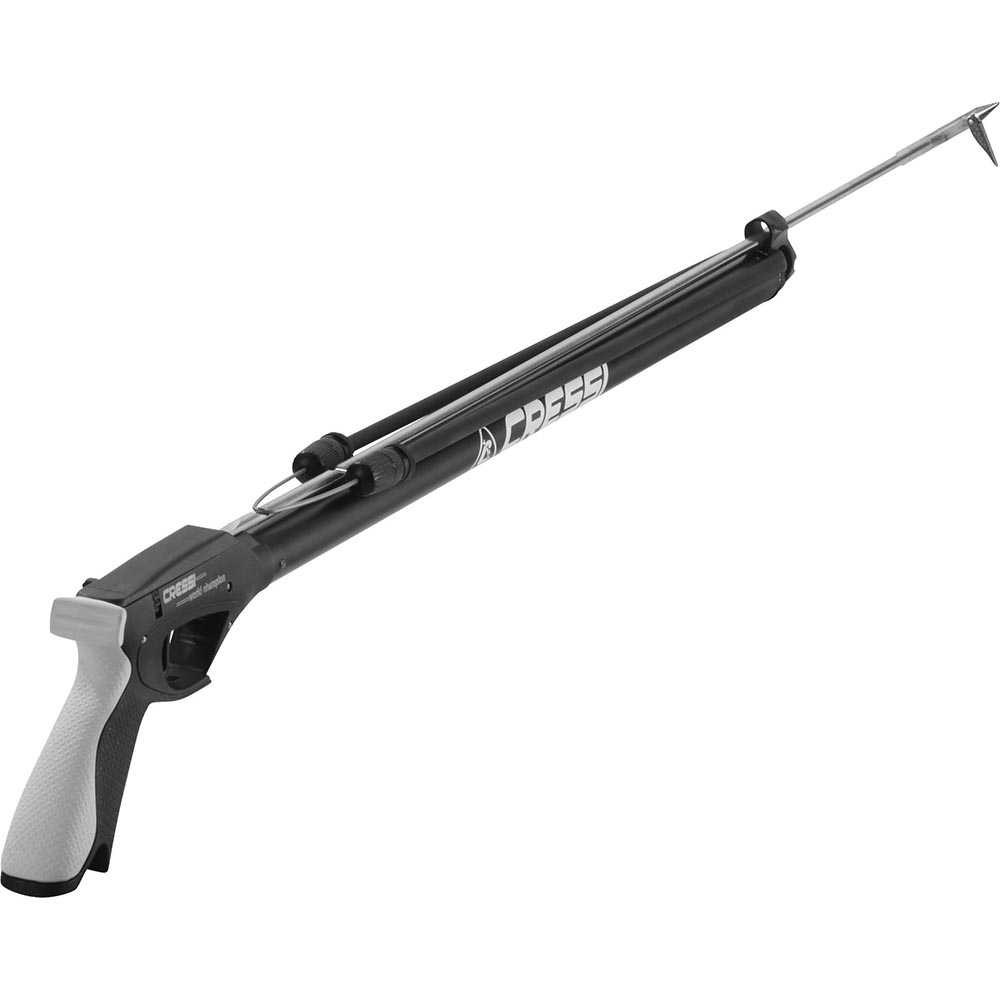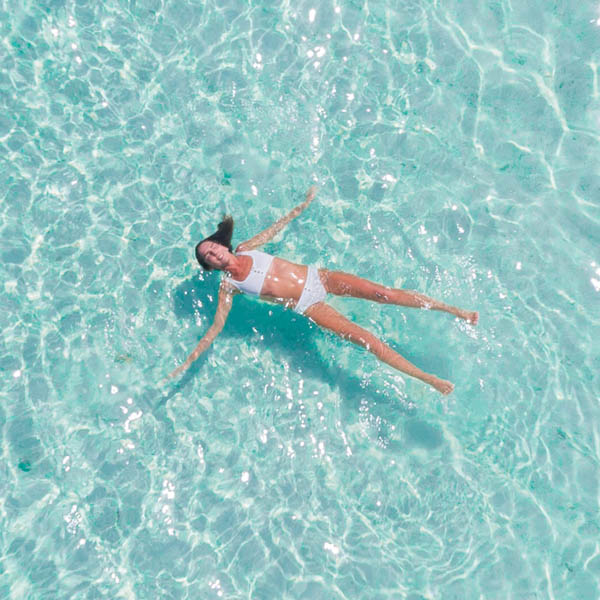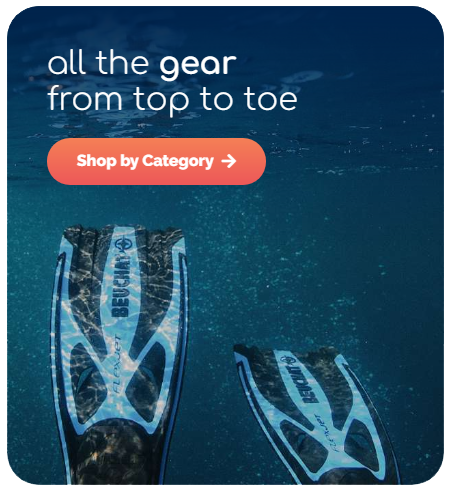
Spearfishing can be categorised as a pretty extreme sport. It’s easily up there as one of the most dangerous in water sports. We’re talking about a hobby that requires extended breath hold at depth, with a firearm in the open ocean, then you throw in potential interactions with a host of marine organisms including sharks that are actively looking for food. On paper, it’s certainly not without serious risk. However, when safety is taken seriously and the sport is treated with the respect that it deserves, it doesn’t need to be dangerous hobby and can be enjoyed for years without incident.
We’re going to cover the basic elements of safety to enjoy a good spearing session without any drama. Spearfishing 101 if you will.
Whether you’re a beginner or seasoned spearo, it never hurts to brush up on the key elements, not just for you but also for the buddy’s you’re diving with.
Check the Conditions and Environment on the Day
Before we even get into the water and get spearing, it’s important to take stock of the environmental conditions and where you will be spearfishing.
One greatest risks of spearfishing is the environment that you are about to enter.

Checking sites, tides and winds for the day is great way help avoid issues. Tides are at the biggest around a full moon and will bring stronger currents. It’s worth bearing in mind that currents will be the strongest in tight areas like around underwater pinnacles and along walls. Therefore knowing the topography of the site and where those pressure points are before you jump in will reduce risk.
It’s a great idea to assess the visibility at the site before you get in the water. It not only effects how likely you are to be able to spot fish but also other marine life e.g. sharks. It can also affect how far your can see in overhead environments.
Structures like shipwrecks, caves and general reef swim-throughs can be a common occurrence whilst spearfishing, and can sometimes be risky or tricky to enter. The most obvious issue in overhead or enclosed environments is the increased chance of a head injury while either moving through or surfacing so always be aware of where you are inside a structure, and make sure you know which way is the fastest to return to the surface. Visibility in any overhead or enclosed environment is also absolutely crucial and one wrong fin-kick can very quickly result in a silt-out, which will obscure your vision and make it difficult for you to navigate out of the area.
Anyone that’s spent time near around wrecks knows you have a higher chance of encountering discarded fishing gear. Entanglement is something to be taken seriously. It is always advised that you should carry two cutting tools. In any entanglement situation, you’ll be fighting panic while pulling out your dive knife. If you drop it or it gets tangled up, don’t let that be your only chance. Carry a second knife or a pair of shears as a backup.
A great way to announce your presence in the water to any other boats or people is to use a Surface Marker Buoy.
Ultimately in these environments you need to take an honest look at your level experience and if you don’t feel comfortable, don’t make the dive.
We recommend to follow the 5 Ps of planning. Proper Planning Prevents Poor Performance!
Let Someone Else Know of your Dive Plan
Sounds simple, but it can save your life. Once you’ve decided a plan for your spearfishing session, inform someone of your whereabouts, how long you intend to be out, and what time you should be expected back. Include precise details on the location, start time, and estimated ending time of your dive.
Organise a time you are expected to call them after you return and time limit for when they should notify the authorities if they can’t get in contact with you.
If something goes wrong while you are out there, having a person on shore with all the details is a great idea. They can inform the rescue authorities and the details you give them will mean that help that is needed will come quickly and accurately to your location.
It’s a great idea to keep track of the time and the timing of your dives with a dive computer.
Be in the Right Physical Condition and State
Spearfishing burns around 800 calories an hour so it’s great sport to get fit. It is however important to know your limits and not push them. Your physical fitness does have an impact on your competence at free-diving.
Keep a good level of hydration water and even electrolytes are a great idea. Take into consideration how well you have slept, if you had alcohol the night before and if you are sick or congested. All these things should factor in when considering how deep and how long you plan to dive for and how easy equalisation will be. It may even determine if you dive at all.
Finally, Always Dive with a Buddy
Spearfishing at its core is about mates and is ultimately a team sport. Diving with a dive buddy doesn’t mean just jumping in the water and going separate ways looking for a good fish. In the water we follow the ‘one up one down’ rule. It means that while one person is diving, another will wait on the surface until they return. The person on top is responsible for the safety of the the diver that is down so that if there is a shallow water blackout, entanglement or a particularly confident shark, having a second person with eyes on you is absolutely crucial and can come to your aid as fast as possible.

Have fun out there, stay safe, and always remember your 5 P’s!
Proper Planning Prevents Poor Performance!







